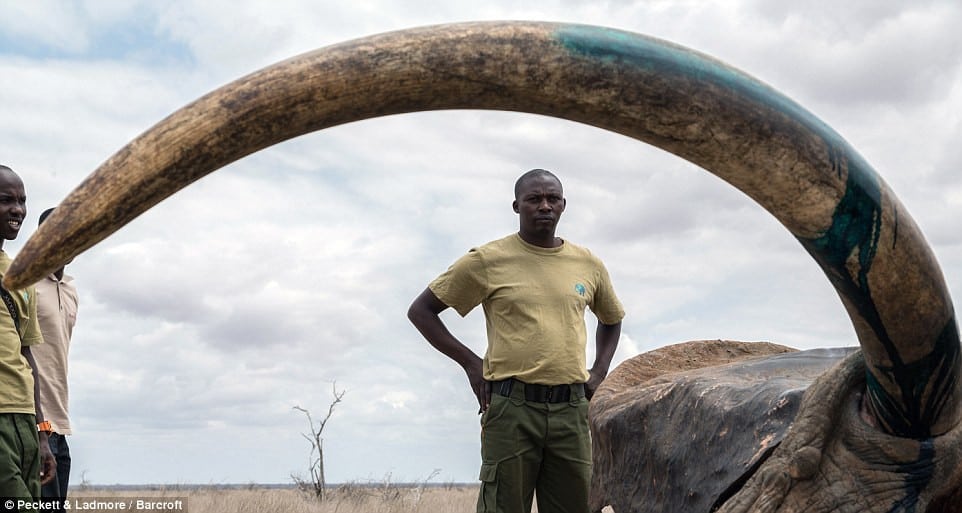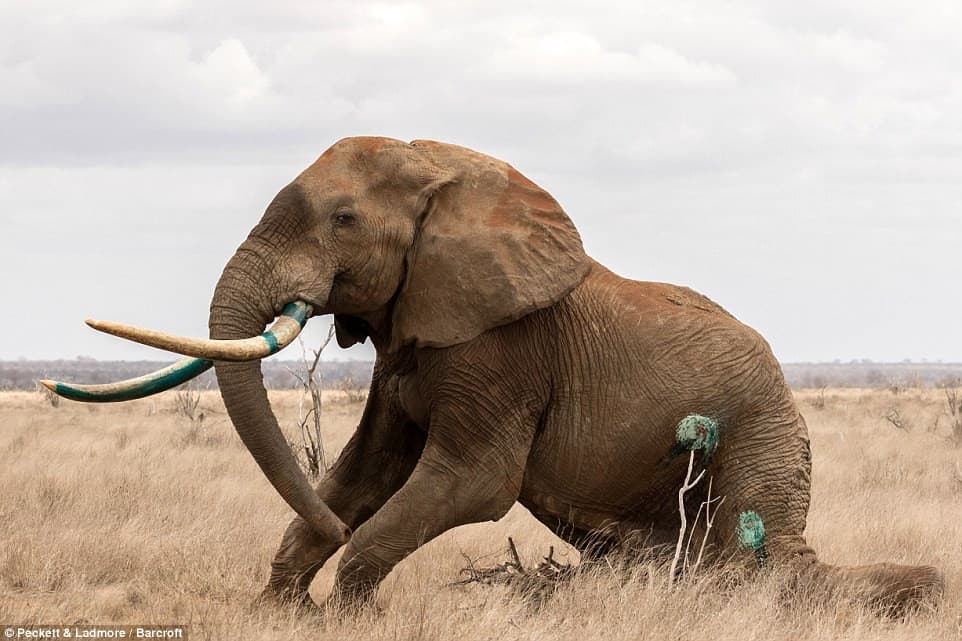In a heartwarming tale of resilience and conservation efforts, Wide Satao, a magnificent ‘big tusker’ elephant, defied the odds and survived after being struck by a poacher’s deadly poisoned arrow in Tsavo East National Park, Kenya.
The urgent race to save this gentle giant began when medics rushed to the scene to treat Wide Satao, knowing that without immediate intervention, the poison would claim his life within 48 hours.
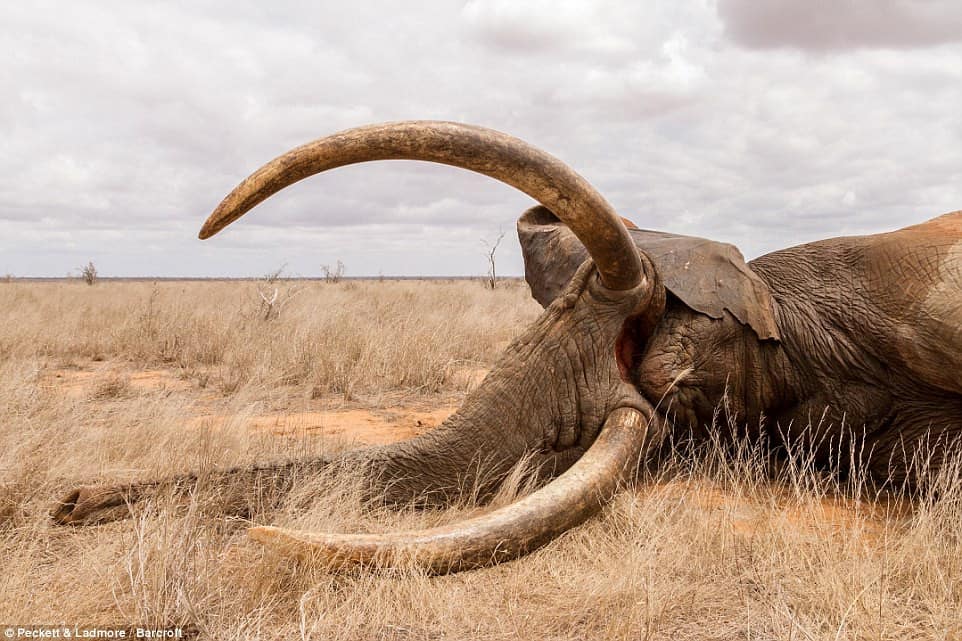
Being a ‘big tusker,’ Wide Satao was an elephant with tusks over 40 years old, making him a prime target for poachers seeking to profit from the valuable ivory market. The estimated worth of each of his tusks was staggering, at over $130,000 (£85,000).
British photographers Victoria Peckett (45) and Philip Ladmore (50) captured the dramatic images of the ailing elephant.

Thankfully, the David Sheldrick Wildlife Trust and the Kenya Wildlife Service came to his aid. The rescue mission involved sedating Wide Satao with a dart, cleaning his wound, and administering a vital dose of antibiotics.
Philip Ladmore, a company director from Middlesex, England, recounted the emotional experience: “As we approached Wide Satao, we noticed the poacher’s poisoned arrow lodged in his side.
After relocating him with the help of a plane, we waited for the vet to arrive and carry out the operation to remove the dart, clean the wound, and bring him back to consciousness. We witnessed him struggling to stand, but eventually, he rejoined his group of male elephants.”
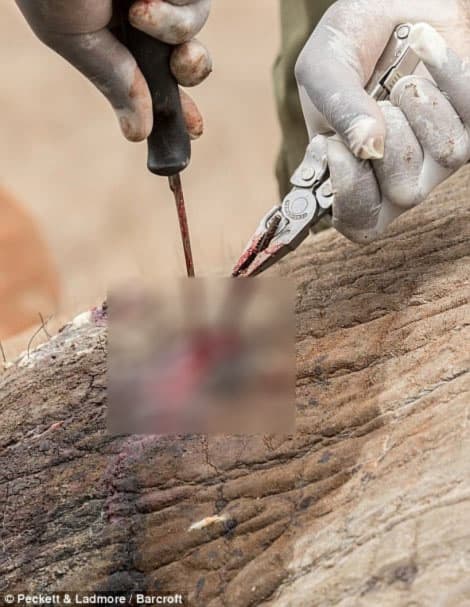
The significance of this rescue extends beyond the individual elephant, highlighting the dire plight of African elephants as a whole.
Shockingly, between 2011 and 2014, an estimated 100,000 elephants fell victim to poaching for their ivory across the continent, with demand predominantly driven by Asian markets, particularly China, where a kilo of ivory could fetch up to $3,000.
Wide Satao’s tusks, weighing over 100 pounds each, are highly coveted on the illegal ivory trade market, contributing to the decline of big tuskers like him.
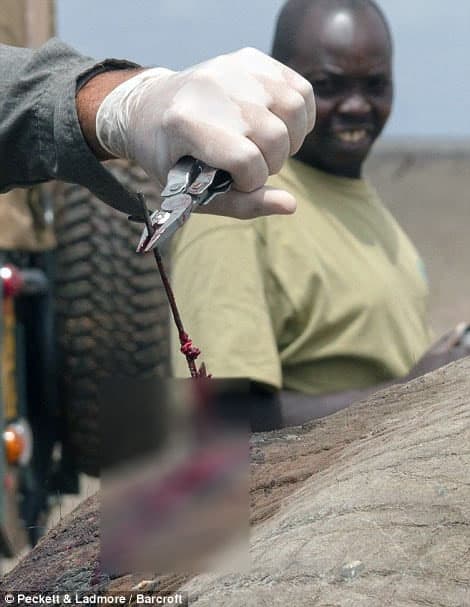
While the challenges of elephant conservation persist, Wide Satao’s remarkable recovery stands as a testament to the importance of wildlife protection efforts.
His survival offers hope that through collective action and dedication, we can safeguard these majestic creatures for future generations to marvel at.

